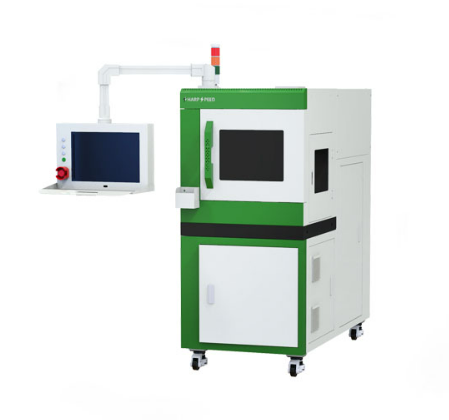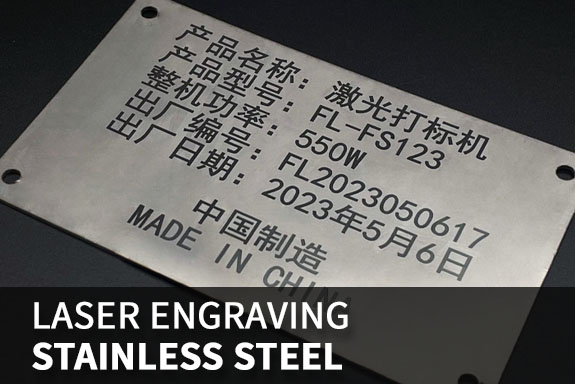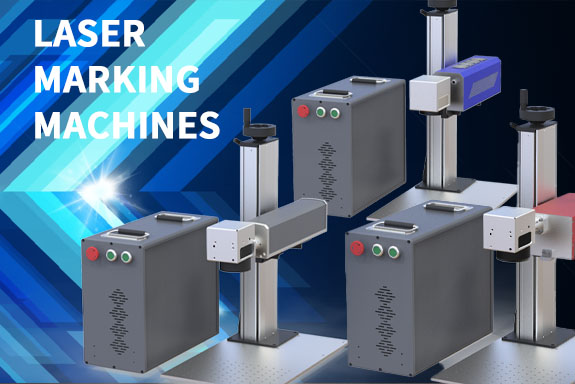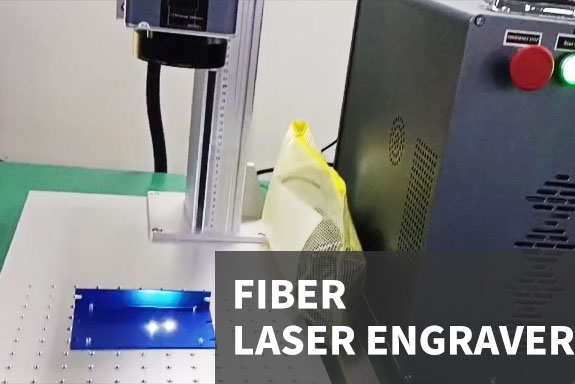01. Introduction to Hall Sensors
A Hall sensor converts magnetic field variations into corresponding voltage changes. Since the voltage difference generated by the Hall element itself is very small, it is usually integrated with amplifier circuits, temperature compensation circuits, and voltage regulators, forming a complete Hall sensor module.
Hall sensors rank as the third most widely used sensor globally. They can measure currents and voltages of various waveforms with high accuracy, fast response, and a wide measuring range. These features make them essential in applications such as inverters, power supplies, welding machines, locomotives, substations, and smart grids, as well as in industrial automation, automotive electronics, and consumer electronics.
With more automotive and industrial electronics manufacturers moving to China, the domestic Hall sensor market is expected to maintain an annual growth rate of 20–30% in the coming years.
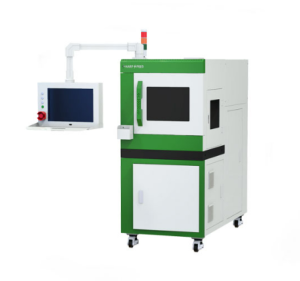
02. Application of Laser Trimming Machines in Hall Sensor Production
During the manufacturing process of Hall sensors, variations in device characteristics often lead to inconsistent product accuracy and output performance. Critical parameters such as zero output or full-scale output must be precisely adjusted.
Traditional adjustment methods — using potentiometers or manually replacing resistors — result in low precision, poor efficiency, and high labor costs.
The most advanced and efficient solution for this problem is the laser resistor trimming process. By using a laser trimming machine, the zero point and output of the Hall sensor can be accurately adjusted in one step. This process significantly improves product precision and consistency, maximizes production efficiency, and greatly increases the yield rate of current Hall sensors.
The adoption of laser trimming technology also enhances the overall product quality and performance level, helping manufacturers achieve higher reliability and precision in sensor applications.
03. Case Study: Functional Laser Trimming for Hall Sensors
1. Customer Requirements
The following trimming cases were performed on closed-loop Hall current sensors:
Power supply: 5V; Output requirement: 2.5V ± 3mV
Power supply: ±15V; Output requirement: ≤ ±6mV (sampling resistor: 200Ω)
2. Laser Trimming Parameters
Blade type: I-type
Laser source: Infrared laser
Power: 3W
Frequency: 1.7 kHz
Scanning speed: 5 mm/s
Cut width: 35 µm
3. Results
The laser trimming process effectively stabilized sensor output within the specified tolerance range, achieving high consistency and accuracy across all test samples.
04. Functional Laser Trimming Machines
Laser trimming processes generally fall into two categories:
Passive trimming – Adjusting a single resistor to reach a specified value.
Active or functional trimming – Adjusting resistors within a circuit to modify the circuit’s overall output.
In Hall sensor manufacturing, functional laser trimming is the most effective method. During this process, the system continuously measures the output parameter and compares it with the programmed target value. Once the target is achieved, the laser automatically stops — completing a fully automated closed-loop correction that ensures the circuit module meets performance specifications.
Conclusion: Advancing Sensor Precision with Laser Trimming Technology
The integration of laser trimming machines in Hall sensor production marks a significant step forward in precision electronics manufacturing. By enabling micron-level resistor control, laser resistor trimming ensures sensors achieve stable, repeatable, and highly accurate performance while dramatically improving production yield and reducing manual labor costs.
As industries demand higher accuracy and automation, laser resistor trimmer systems have become a core tool in the production of sensors, precision amplifiers, and control modules.
If your business involves Hall sensors, resistors, or precision circuit manufacturing, our advanced laser trimming solutions can help optimize your product quality, enhance consistency, and improve production efficiency.
Contact us today to learn more about our laser trimming machines and automated precision calibration systems — and discover how they can elevate your manufacturing performance.

